Nikon D500 Mid-Term Report by Don Silcock

D500 Mid-Term Report by Don Silcock
Introduction
How time flies - just over two years ago I wrote a first impression underwater photography review of my newly acquired Nikon D500 for Wetpixel, and in it, I waxed lyrically about what the new “king of DX (APS-C) photography” could do.
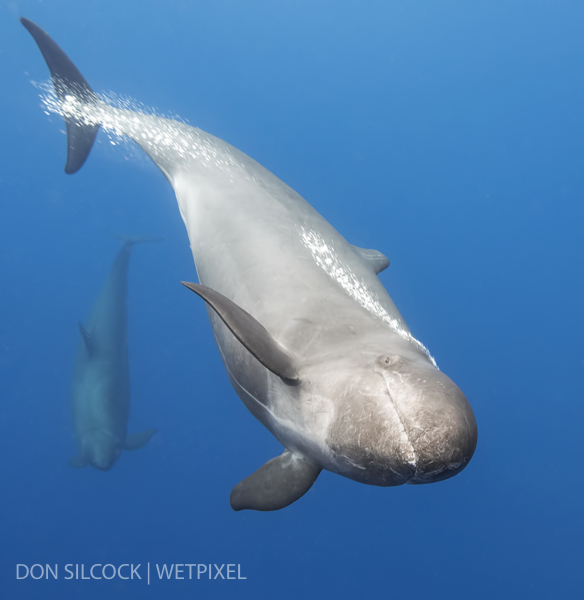
Two years is a long time in digital photography. A lot has happened, and top of the list would have to be that it seems like the glory days of DSLR’s are probably coming to an end, and the changing of the guard to mirrorless is well underway.
Both Nikon and Canon responded to the Sony juggernaut late last year with the Z6/7 and EOS R full-frame mirrorless cameras. Moreover, as I sit here in Milne Bay, Panasonic has just released their 24MP and 47MP offerings the S1 and S1R.
Plus, in August 2017 Nikon released the D850, which as respected commentator Thom Hogan recently stated: “remains the best DSLR you can buy.”

I personally bought a D850 for my other digital obsession – landscape photography… and I have been highly impressed with its dynamic range and overall functionality. So much so that the thought of (yet another) expensive underwater photography upgrade did cross my mind a time or two!
However, after considering all the pros and cons of that D850 upgrade, together with going full-frame mirrorless for underwater photography, I have reached the firm conclusion that for the next couple of years what I have with the D500 will meet or exceed virtually all my needs.
Here’s why:
That Auto-Focus System
The auto-focus in the D500 is the same Multi-CAM 20K system, complete with dedicated AF CPU, as the D5 – Nikon’s top of the range flagship and only the D500, D5 and D850 DSLR’s have that set-up.
Which means it is still state of the art two years+ since it was released and the Multi-CAM 20K remains widely regarded as the best that Nikon has ever produced and… possibly the best any manufacturer has made.
For me, the huge thing is that with the D500, the 153 phase detection sensors of the Multi-CAM 20K system is deployed on the smaller DX sensor - which means that virtually all the frame is covered.
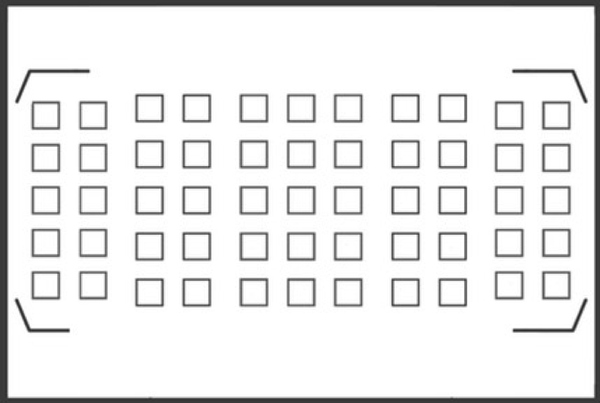
Whereas on the D5 and D850 those 153 sensors cover much less of the larger FX sensor.
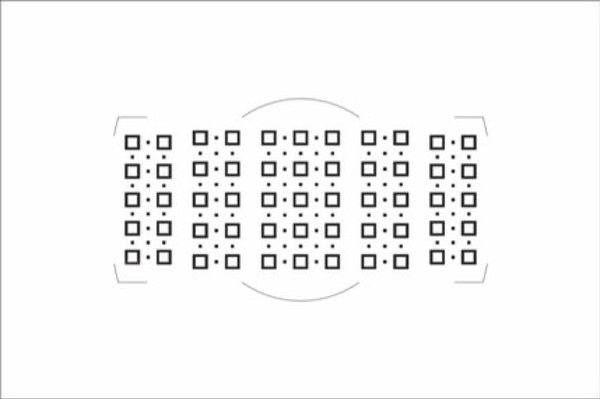
Yes, I know that the latest full-frame mirrorless cameras can cover virtually the whole of the sensor - but the overall capability of the D500 still impresses the hell out of me, and the camera remains on Thom Hogan’s list of the top three Nikon DSLR’s.
Why That Matters
My personal need for better autofocus and buffer speed developed as I started to take part in “big animal” type trips about four years ago. Up to that point, I had been doing traditional dive resort and liveaboard trips where I never really needed fast AF and high frame-per-second (FPS) image capture.
I used strobes for all my underwater photography, and the fastest they would recycle was about 1.5 seconds – so what was the point of shooting at even 5 FPS?
Then I went to Tonga to photograph the annual aggregation of southern humpback whales for the first time and realized that encounters with these animals could be fleeting, very exciting and incredibly intense! The auto-focus on the D800 I was using then did a reasonable job, but the buffer was just not up to it, and I had to try and pump the shutter release in bursts so that it did not grind to a halt just as the action reached its most intense…
It dawned on me that fast AF and high FPS image capture really does matter on such trips and to cut a long story short I sold my D800 rig and “invested” in the D500 one.
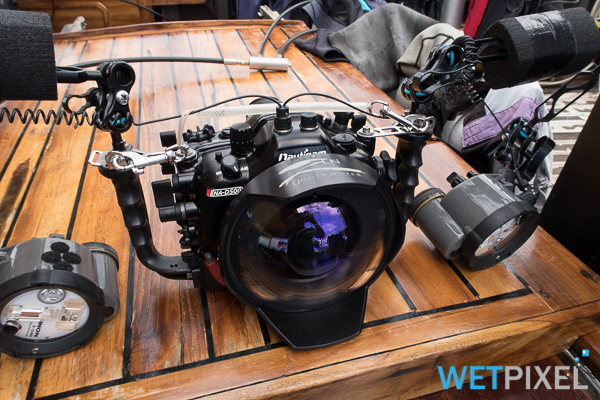
Nauticam Housing
The NA-D500 housing I use with the D500 is the fourth Nauticam housing I have owned, and overall, I am happy with it. It works well, has been entirely reliable and apart from fading button markers still looks good despite all it has been through.

It was the first housing I have ever had with a vacuum fitting, and I cannot imagine ever buying a new housing without one – the sense of reassurance provided by that green light is just amazing!
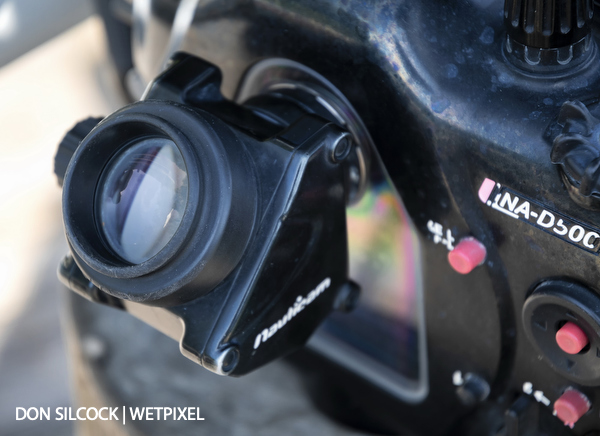
I use a 45-degree Nauticam viewfinder with the housing 90% of the time, only switching to the 180-degree version when I am pretty sure I am going to have an eyeball to eyeball encounters.
Lenses & Ports
When I moved back to the DX format with the D500 I planned on using a Tokina 10-17 fisheye zoom with a Zen 100mm dome, plus a Tokina 11-20 rectilinear zoom with a Zen 230mm dome, for my wide-angle photography.
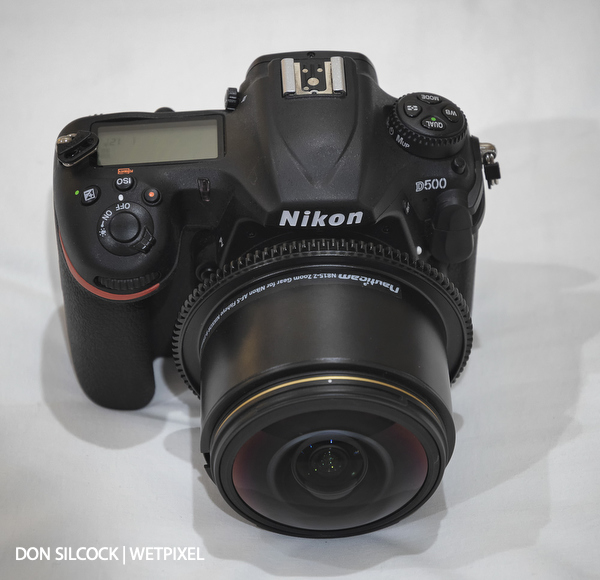
Then, out of the blue, Nikon released the 8-15mm fisheye zoom which, although considerably more expensive than the Tokina version, seemed to be of much higher optical quality. Plus, Nauticam recommended that it performed best when used with their highly regarded 140mm dome port.
Combined, the 8-15mm (12-21mm on DX – but effectively 14-22mm because of vignetting) offered a high-quality, travel-friendly combo that matched the excellent auto-focus and high frame-rate capability of the D500.

So, I went ahead and made a further significant “investment…” which was subsequently enhanced sometime later when Nauticam released a zoom ring for the 8-15mm for use with the Kenko 1.4 DGX TC and 40mm extension ring.
Thus, I now have the choice between a 14-22mm (effective) zoom or a 17-31mm zoom all combined into a very travel-friendly package!
Lighting
Having the capability to focus fast and accurately and then shoot at 10 FPS for 200 shots at a time is perfect for whales, dolphins and whale sharks where you are snorkeling and using available light.
However, what about balanced light photography with sharks, crocodiles and other potentially fast-moving creatures where fast focus and high frame rates are only as good as the recycle time of the strobes you are using?
Well, that has been a journey which required even more “investments” – underwater photography has never been a cheap thing to do, but it seems to have become much more so recently. Alternatively, is that me chasing the next level?
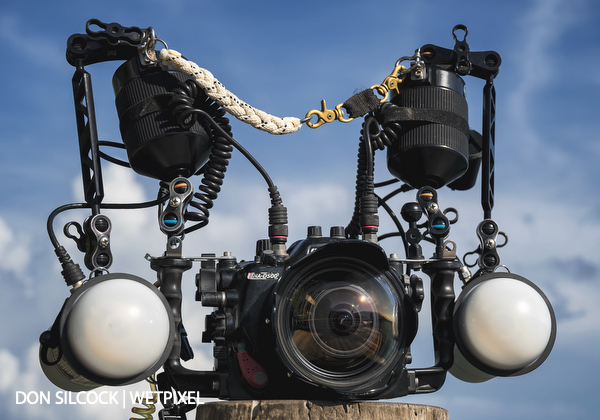
Where I have landed is a two-stage approach, and when I think I will need 10 FPS capability, I settled on the Sea & Sea YS-250 strobes. Although no longer made, I managed to find two brand-new units which perform superbly and are powerful enough that at ¼ power provide enough light when the subject matter is close to the dome and recycle quick enough to allow 10 FPS shooting!
However, and it’s a big but – they are big, heavy and a pain to travel with. The pain is worth it though as they are super reliable and very powerful plus are easy to use and adjust power settings on.
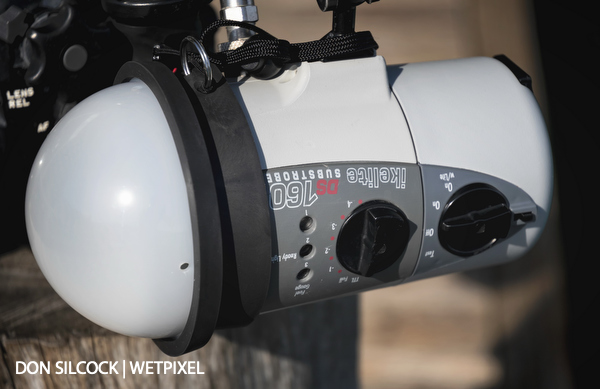
Where I think 5 FPS is enough, I use Ikelite DS160 strobes which at ¼ power also deliver enough light close to the dome and recycle quickly – but only for about 5-6 frames. I personally find the power settings on the DS160’s really hard and awkward to use, an issue I solved by using Ikelite’s manual power controllers.
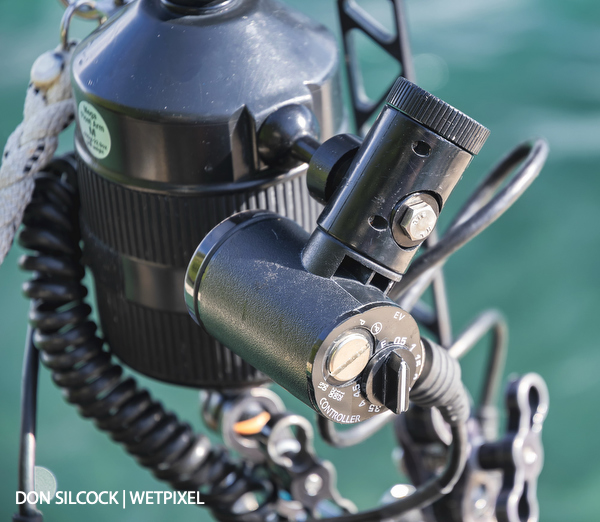
These are also no longer made, but I found two second-hand units which I mount on the side of the Inon buoyancy arms I use. The manual controllers allow very precise and easy to use control of the light from each strobe.

Finally, I use Ikelite’s domed diffusers which fit both the DS160’s and the YS-250’s and really make a difference.
In the Water
I have now made numerous trips with the D500 and equipment described above and feel qualified to make the following observations and comments:
* The Multi-CAM 20K and dedicated AF CPU auto-focus system is simply phenomenal in my experience. It is incredibly fast, accurate, very reliable and has never let me down!
* The Nikon 8-15mm zoom is one hell of a lens – very sharp and optically significantly superior to the Tokina 10-17 and it works incredibly well with the Multi-CAM 20k auto-focus system on the D500.
* The Nauticam 140mm dome perfectly compliments both the Nikon 8-15mm and the NA-D500 housing, providing excellent performance from a relatively small package.
* The Sea & Sea YS-250 strobes are great. They are big and heavy, but when you need them, they deliver every time!
* The Ikelite DS160’s are also very good, but simply cannot do the heavy lifting that the YS-250’s can.
Mid-Term Assessment
- Nikon D500 overall performance: A
- Nikon D500 auto-focus: A+
- Nikon 8-15mm zoom: A+
- Nauticam 140mm dome: A
- Nauticam NA-D500 housing: A
- Sea & Sea YS-250 strobes: A (A+ if they were lighter…)
- Ikelite DS160 strobes: B+ (Those power switches drive me crazy…)
These ratings are personal and subjective, but they are my honest assessment of how the various parts of my D500 rig have performed on a significant number of trips over the last two years.
I did the whole mid-term assessment because it is so easy these days to get sucked into upgrading to the latest stuff when you have not reached the limits of what you currently have.
Where to From Here?
Well, I recently managed to acquire a second-hand Nauticam Wide-Angle Correction Port (WACP) which appears to offer the potential to capture images that are incredibly sharper than has been possible before.
All the reviews I have seen so far seem to have been around full-frame cameras because that is where the most significant “dome port corners” issues are experienced. However, the WACP is also said to work well with DX/APS-C DSLR’s, and with Nikon, the lens options are the 18-55 kit lens or the Sigma 18-35mm.
I have opted for the 18-55mm initially and hope to test the whole thing on a trip to Komodo next month – so watch this space…
Don Silcock
Don’s website www.indopacificimages.com has extensive location guides, articles, and images on some of the best diving locations in the Indo-Pacific region.